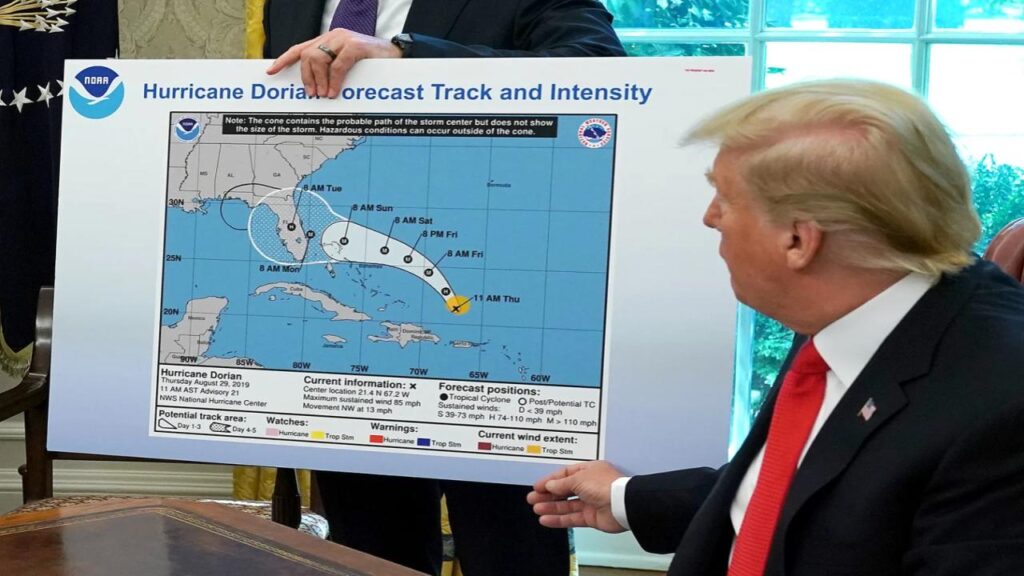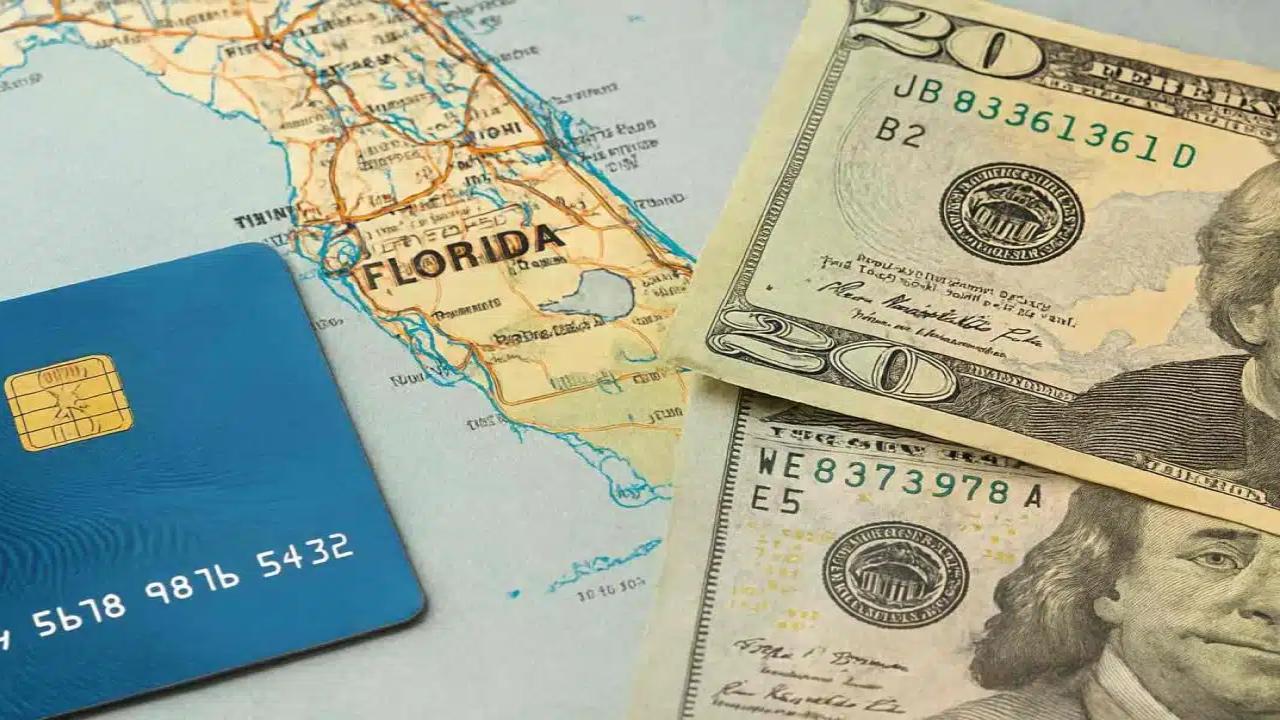The Trump administration’s latest budget proposal is causing big waves—literally. With drastic cuts aimed at the National Oceanic and Atmospheric Administration (NOAA), one of the programs on the chopping block could endanger the future of coastal forecasting—a critical service for millions of Americans. From hurricane warnings to fishing data, this budget slash has experts sounding the alarm.

If you live near the water, work in shipping, enjoy boating, or simply care about safe weather alerts, this move could impact you directly. At the heart of this storm? A little-known yet vital system called IOOS—the Integrated Ocean Observing System. Alongside massive layoffs and data losses, folks are worried this decision could leave us high and dry when it comes to ocean intel.
Trump’s Coastal Forecasting Cuts Explained
| Point of Concern | Details |
|---|---|
| Main Program Cut | Integrated Ocean Observing System (IOOS) |
| Proposed Budget Cut | Complete federal defunding of $43.5 million |
| Other Agencies Affected | NOAA’s Office of Oceanic and Atmospheric Research (74% cut), National Weather Service |
| Immediate Impact | Real-time ocean data disruptions, potential forecasting delays, staff layoffs |
| Public Risk | Hurricane prediction gaps, commercial shipping risks, less preparedness |
President Trump’s decision to cut funding for ocean data collection and coastal forecasting could spell disaster—not just for scientists, but for millions of Americans living in storm-prone coastal areas. From fishermen in Maine to cargo ships in California, the ripple effects are huge. As the budget heads to Congress, the fight is on to keep forecasting systems alive.
What Exactly Did Trump Cut?
Let’s break it down. The Integrated Ocean Observing System (IOOS) is a $43.5 million federal program that does some major heavy lifting. It collects real-time data from ocean buoys, satellites, and coastal sensors across the U.S. This data is used by:
- The U.S. Navy to navigate warships.
- Harbor pilots guiding tankers and cargo.
- Weather forecasters issuing storm warnings.
- Fishermen finding fish and tracking tides.
Now, Trump’s 2026 budget proposal aims to completely defund IOOS. In other words, no money, no data.
If passed, this would eliminate the entire federal support system for IOOS, potentially collapsing the entire data-sharing infrastructure used by dozens of state and private entities. Think of it like cutting the internet to your weather apps—except this one keeps people alive during storms.
Other Cuts That Made Waves
The budget doesn’t just stop at IOOS. It’s part of a broader campaign to dismantle several NOAA programs:
1. 74% Cut to Ocean and Climate Research
Trump’s team is slashing nearly three-fourths of the budget for the Office of Oceanic and Atmospheric Research (OAR). This includes shutting down:
- National Severe Storms Laboratory
- High-impact weather and climate research teams
- Cooperative weather institutes across the U.S.
These cuts would hit researchers working on climate resilience, tsunami alerts, and flood models—tools we’ve come to depend on.
2. NOAA Staff Layoffs: Over 880 Jobs Cut
In one of the boldest moves, Trump’s administration also fired more than 7% of NOAA’s total staff—roughly 880 professionals.
As of now, over 30 National Weather Service offices are operating without a chief meteorologist, just as hurricane season kicks in.
These people aren’t sitting behind desks—they’re the ones issuing life-saving alerts when a Category 5 storm is headed your way.
Why This Matters to Everyday Americans
Hurricanes and Storms Could Go Unwarned
With fewer experts and no real-time data, our ability to predict, track, and warn about hurricanes or major storms could fall apart. And let’s be real, climate change isn’t taking a coffee break—storms are only getting stronger.
Fishing, Boating, and Shipping Industries at Risk
IOOS supports commercial and recreational anglers, helping them avoid hazardous conditions. For freight companies, a sudden fog bank or tide shift without proper alerts could cost millions—or worse.
Disaster Preparedness Takes a Hit
Removing oceanic data sources means emergency planners lose tools for evacuation planning, flood modeling, and damage prevention.
Why Did Trump Do It?
Trump’s proposed cuts align closely with a broader plan known as Project 2025, a conservative think tank blueprint to scale down environmental regulations, privatize certain government functions, and cut climate-focused research.
The move plays well with some in the fossil fuel lobby and deregulation advocates, but scientists and bipartisan officials warn it’s short-sighted.
One NOAA insider told Politico the agency was being turned into a “shell of itself,” with no clear replacement for critical services.
Let’s Talk About the Missing Data
One of the biggest red flags? NOAA’s “billion-dollar disaster database” has gone dark. This tool tracked how many extreme weather events caused at least $1 billion in damages, helping communities plan and budget recovery funds.
Senator Alex Padilla (D-CA) called the move “dangerous and deceptive,” demanding NOAA restore public access to the database immediately. Reuters reports on that here.
What Can Be Done?
If you’re reading this and feeling fired up, good. Because this decision isn’t final. Here’s how you can take action:
1. Contact Your Congress Members
These budget cuts have to pass through Congress. You can email or call your local reps to oppose the NOAA/IOOS cuts.
2. Follow Advocacy Groups
Groups like the National Weather Association and Ocean Conservancy are tracking these developments. They offer petitions and fact sheets to stay informed.
3. Spread the Word
Even just sharing reliable coverage—like this article or AP News’s original story—can help raise awareness. Many Americans have no idea this is happening.
Frequently Asked Questions (FAQs)
Why is coastal forecasting important?
Coastal forecasting helps predict ocean conditions, tides, storm surges, and hurricanes. It’s used by boaters, fishermen, port authorities, and weather agencies.
What is IOOS, and why does it matter?
The Integrated Ocean Observing System (IOOS) is a federal network that collects ocean and atmospheric data in real time. It supports public safety, economic activities, and research.
Is this budget cut final?
Not yet. Trump’s proposal must go through the House and Senate. Lawmakers on both sides are debating the pros and cons.
Who else is affected besides NOAA?
The budget also threatens partner organizations like university weather research labs, the U.S. Navy, local emergency managers, and private weather forecasters.
Where can I see NOAA’s services or support their work?
You can explore NOAA’s resources on www.noaa.gov and track legislative updates via Congress.gov.










